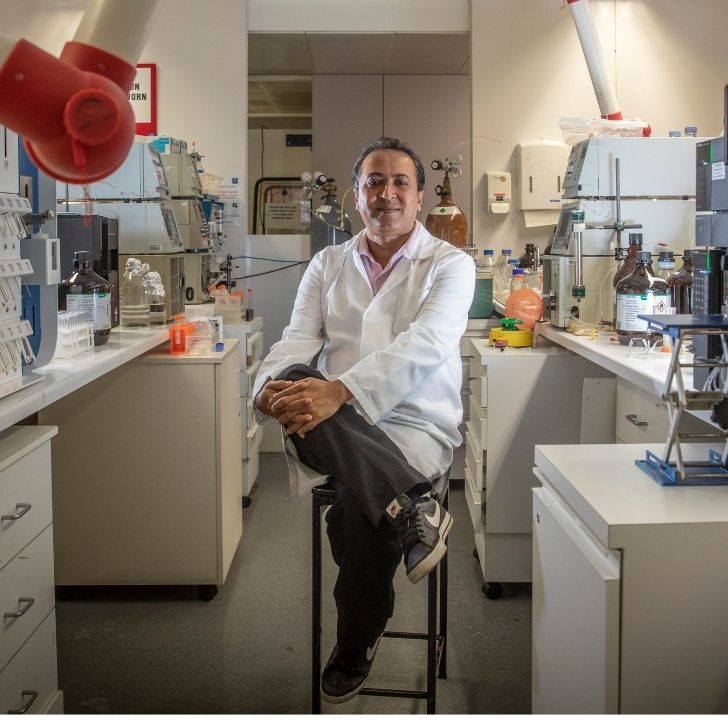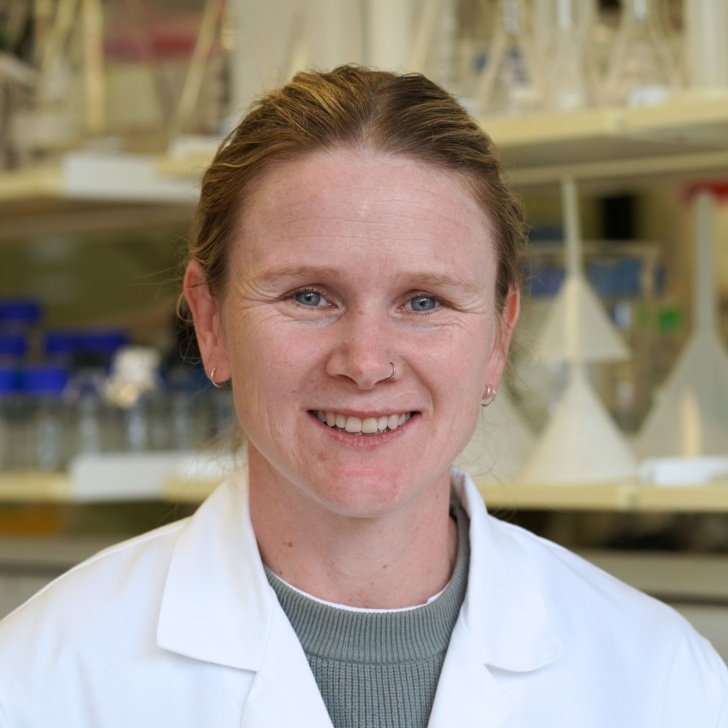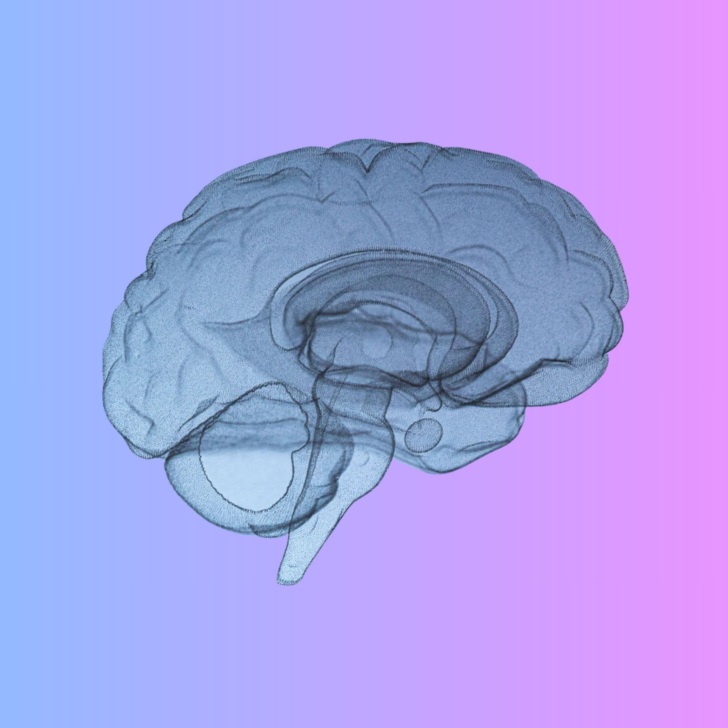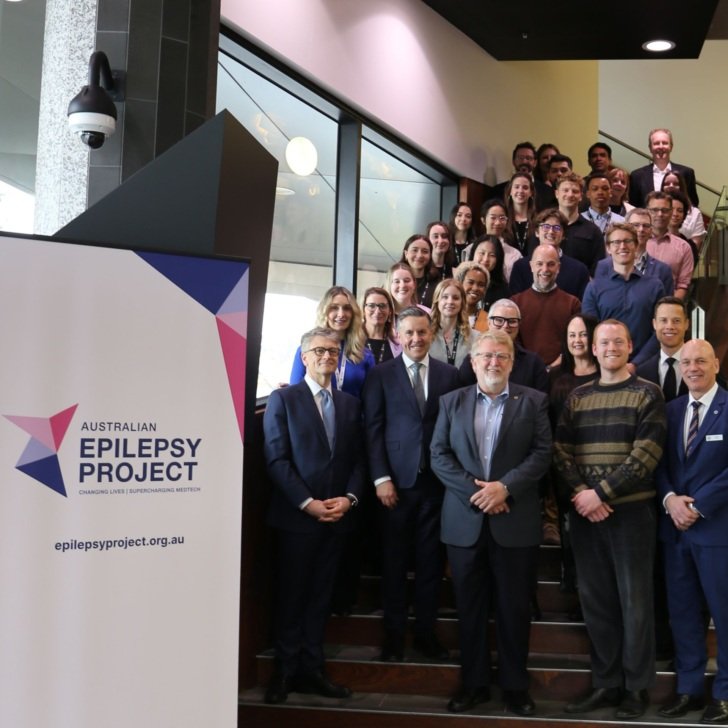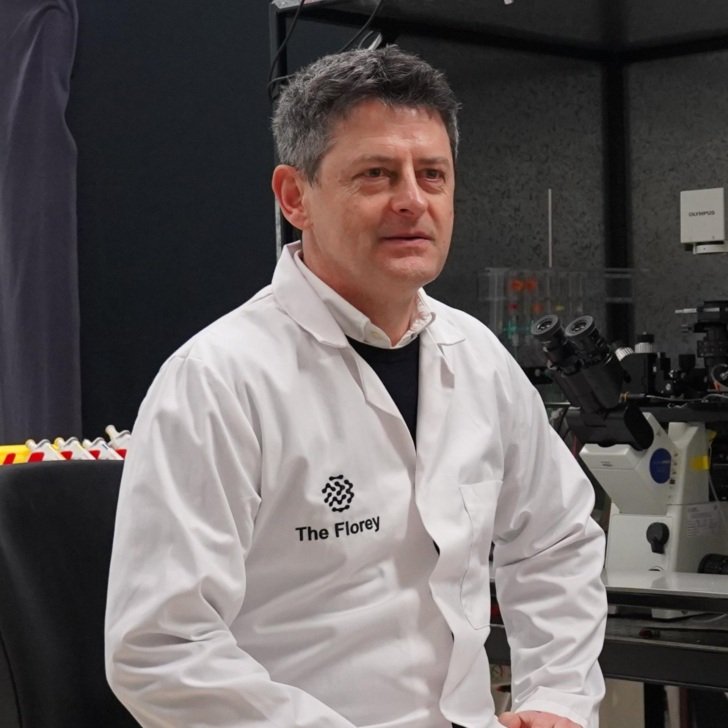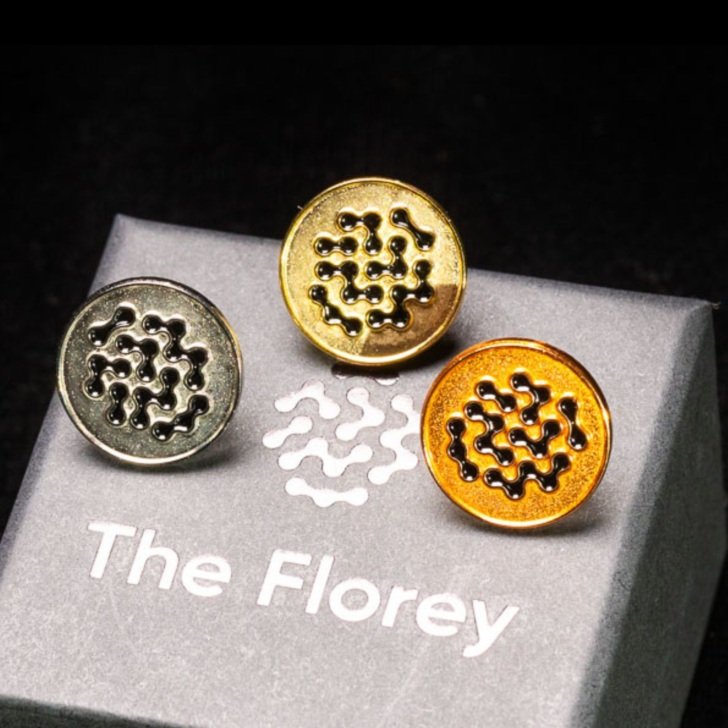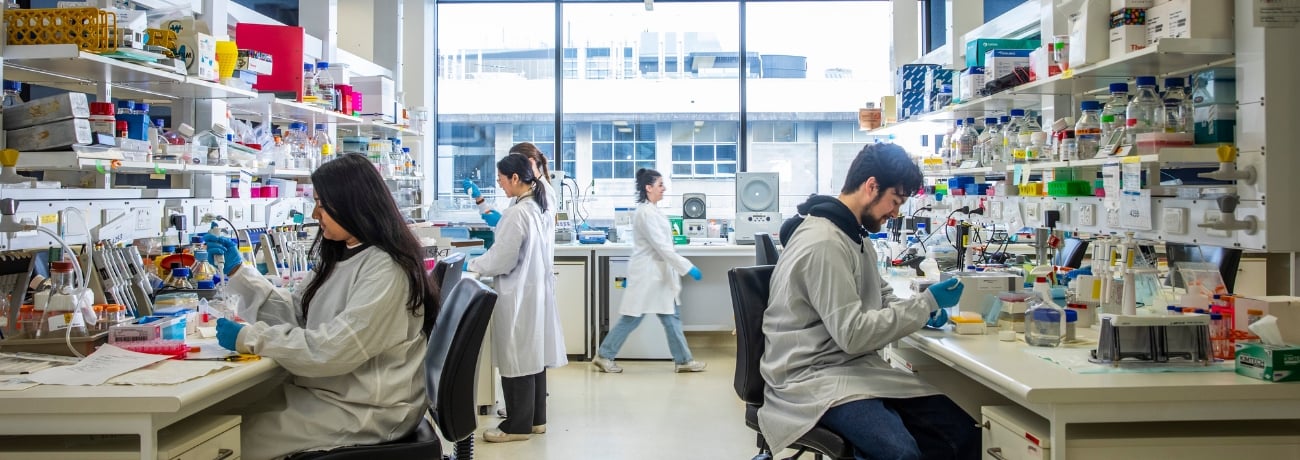- New blood tests developed by Florey researchers may improve the accuracy of Alzheimer’s disease diagnosis.
- The Florey’s Enhanced Dementia Diagnosis study will test the most promising blood tests in memory clinics in Australia.
Professor Scott Ayton, Research Lead of The Florey’s Dementia Mission, discusses the advancement of blood tests used to diagnose Alzheimer’s disease, the major cause of dementia.
In medicine, we can never truly hope to treat someone if we can’t first diagnose the problem. Precision diagnosis is the pursuit of modern medical practice, including for dementia, where there has been a revolution in diagnostic technologies in the last 5 years.
New blood tests for the major cause of dementia, Alzheimer’s disease, have been extensively researched over recent years, and in The Florey’s Enhanced Dementia Diagnosis study, these will be tested in routine clinical practice by clinicians in Australia to determine if they improve accuracy and confidence in diagnosing Alzheimer’s disease.
Alzheimer’s disease is one of many different dementias, which all are characterised by progressive impairment to cognition. Distinguishing Alzheimer’s disease from other types of dementia is a challenge, with diagnoses by specialist clinicians only being accurate in approximately 70% of cases.
Amyloid PET: the first advanced diagnostic for Alzheimer’s disease
It wasn’t so long ago that a definitive diagnosis of Alzheimer’s disease could only be performed by examining the brain after death. Around 20 years ago, new imaging technology based on positron emission demonography (PET) was used to demonstrate the abnormal presence of ‘amyloid’ that occurs in Alzheimer’s disease.
Work championed at The Florey in the AIBL study demonstrated the slow build-up of amyloid in the brains of people who develop Alzheimer’s disease extends over about a 30-year period, including in the decades prior to diagnosis.
This PET technology was a boon for clinical research on Alzheimer’s disease. Researchers were able to understand in far greater detail the sequence of changes that occur in people as they develop Alzheimer’s disease, as well as better distinguishing these changes from other types of dementia.
Perhaps the biggest advantage of this PET technology was in clinical trials of anti-amyloid drugs. Amyloid PET enabled selection of only the people who had abnormal amyloid for recruitment into clinical trials of drugs aimed at lowering amyloid. At the same time, amyloid PET was used to demonstrate that the drugs indeed lowered amyloid in the brain.
Certain drugs that lowered amyloid by a large degree have now been approved for use for Alzheimer’s disease in the US, and are currently being considered here in Australia. While the clinical benefit of these drugs is modest, they represent the first new class of drug for Alzheimer’s disease for many years, and they provide hope for new treatments into the future.

Blood-based diagnostics offer a pathway to change clinical practice for dementia
While amyloid PET imaging was highly beneficial for Alzheimer’s disease research, translating this into clinical practice has proven difficult, given the cost and access to this technology.
About 5 years ago, in work The Florey co-led, the first highly accurate blood tests for amyloid were discovered. In subsequent years there has been a groundswell of research in blood diagnostics for Alzheimer’s disease throughout the world.
For example, in work by The Florey’s Azadeh Feizpour, and other collaborators, the presence of amyloid in the brain could be predicted with an accuracy of about 90% using a machine that is common in pathology labs in Australia.
Pratishtha Chatterjee at The Florey has also shown through blood tests that inflammation in the brain occurs in tandem with amyloid pathology and can be used to help diagnose Alzheimer’s disease.
A variety of blood tests have now shown such promise in clinical research studies that they now ready to be tested by clinicians who are diagnosing patients to determine if they are useful in normal clinical practice.
This is a much harder challenge than clinical research studies, which usually include people across a limited range of cultural and ethnic backgrounds, and people in these studies tend not to have other diseases that are common in the community, such as diabetes or heart disease. These blood tests must be suitable for the majority of people being assessed for dementia if they are to hold any value clinically.
The Florey’s Enhanced Dementia Diagnosis study will test the most promising blood tests in memory clinics in Australia. This study is a partnership with other institutions, including Monash and CSIRO, and involves several memory services.
These diagnostics will be used by clinicians in their routine practice and we will test whether clinicians find these useful in diagnosing Alzheimer’s disease – whether they change the diagnosis, or whether they change the confidence in diagnosis. We are especially interested to determine whether they help in the diagnosis of Alzheimer’s disease in the very early stages.
Blood tests for Alzheimer’s disease provide promise now and hope for the future
Providing an accurate diagnosis at an early stage can help patients and their families prepare for the major life changes that occur with Alzheimer’s disease. An accurate diagnosis of Alzheimer’s disease is required for treatment of new anti-amyloid drugs that may become available in Australia, or other drugs that may emerge in the future. New blood tests hold substantial promise that an accurate diagnosis of Alzheimer’s disease will be achievable in Australian memory clinics over the medium term.
Dementia is now the second leading cause of death in Australia and one of the biggest health challenges of our time. About 10 years ago, governments throughout the world, including Australia, substantially increased research funding into dementia, which had been a historically underfunded area of medicine. Out of that investment, new blood tests and the first disease-modifying drugs have emerged.
We have the opportunity to leverage this momentum through further research investment to discover drugs that substantially benefit patients. Accurately diagnosing people with Alzheimer’s disease is the foundational step towards achieving this aim, and we have now shown that it’s possible.


